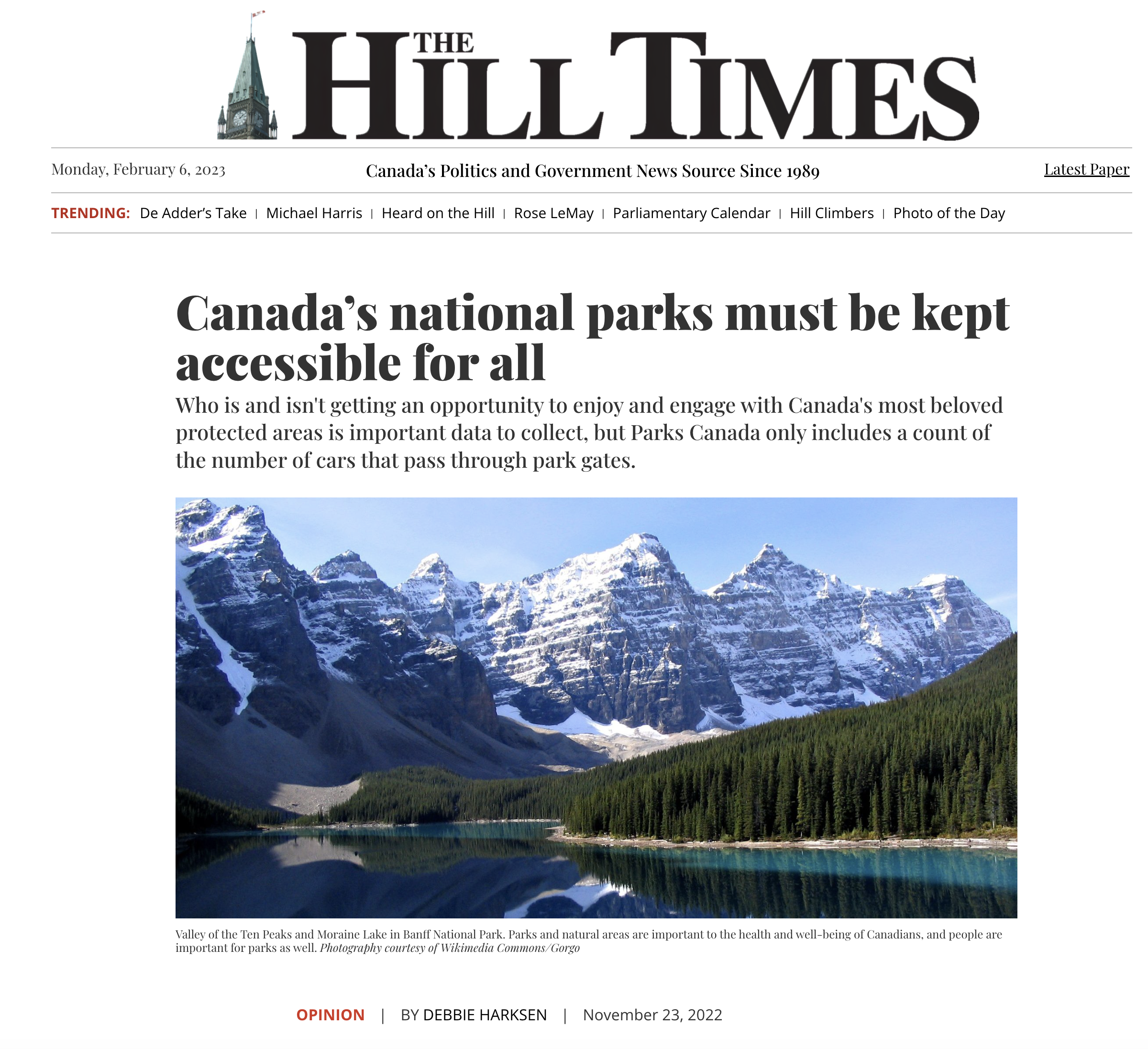Banff National Park’s surprise move to include a separate visitor management plan in its final
draft of the 2020 Park Management Plan causes considerable concern for recreationalists,
businesses, and other users in the Mountain National Parks. Imposing restrictions on access
will create exclusive experiences only for a small subset of visitors. The Association for
Mountain Park Protection and Enjoyment (AMPPE) believes there is a better way that finds
sustainable solutions to manage visitor experience while preserving these iconic landscapes.
AMPPE agrees that we must protect parks for future generations, but urges Parks to take a
broad view and consider the unintended consequences in the current proposed approach.
Parks Canada already limits visitors in select areas. For example, at Lake O’Hara in Yoho
National Park, Parks Canada implemented a reservation system to assign day-use bus
reservations. It would be interesting to know which people successfully obtained these coveted
spots. Understanding basic demographic information would be important in deciding if or when
to assign management strategies.
Banff has already successfully reduced traffic through a new intercept parking lot and expanded
its transit service. On October 20th, the Rocky Mountain Outlook reported that the town had
experienced a “mode shift”. This was the first summer that private vehicle occupants accounted
for fewer than 70 per cent of people crossings across the Bow River— a prime bottleneck area.
This is evidence that current management strategies are starting to work.
This summer, the town also saw a corresponding increase in transit ridership, so much so that
the local transit service, ROAM, has received approval for a budget increase that will see
positions added and a jump in service hours.
Like many other towns, Banff experimented with creating a pedestrian zone with its main street.
Even with a major road closed to traffic, this summer, the town had nine days with travel times
over 15 minutes versus 15 days in 2019.
Our Mountain Parks need to be inclusive. The National Park Service in the United States
prepared a study linking its 2010 census data to park visitation. They found that, compared to
the general public, national park visitors in the U.S. were more educated, reported higher
income levels, and were overwhelmingly white. It would be an easy assumption to make that
similar trends could exist. By contrast, publicly available data from Parks currently only includes
a count of the number of cars through the park gates.
Using demographic data, such as the U.S. Parks Service collects, could be a good starting point
for understanding more about our visitors. Even better would be to employ and expand the use
of existing Government of Canada tools and tactics to understand who is and who isn’t getting
an opportunity to enjoy and engage with Canada’s most beloved protected areas.
As the Canadian population grows (mostly through immigration), we must continue to invite
(new) Canadians to connect with parks, which necessitates access.
Parks has made a positive shift in the last couple of years to offer shuttle buses. A great starting
point would be to increase investment in local and regional transit. His would achieve climate
goals by limiting vehicles travelling to and from the parks and improve equity for
underrepresented demographics. Parks Canada and essential stakeholders like guides,
businesses, and environmental groups all share the same priorities – healthy and inclusive parks
that balance visitor experience with sustainability. Innovative projects and enhanced visitor
offerings can ensure a healthy Mountain Park network that can be enjoyed by future
generations and is not off-limits to various demographics.
Through the pandemic, we learned how important parks and natural areas are to the health and
well-being of Canadians. People are important for parks as well. Connecting people to nature
through meaningful experiences creates a culture of long-term environmental stewardship.


